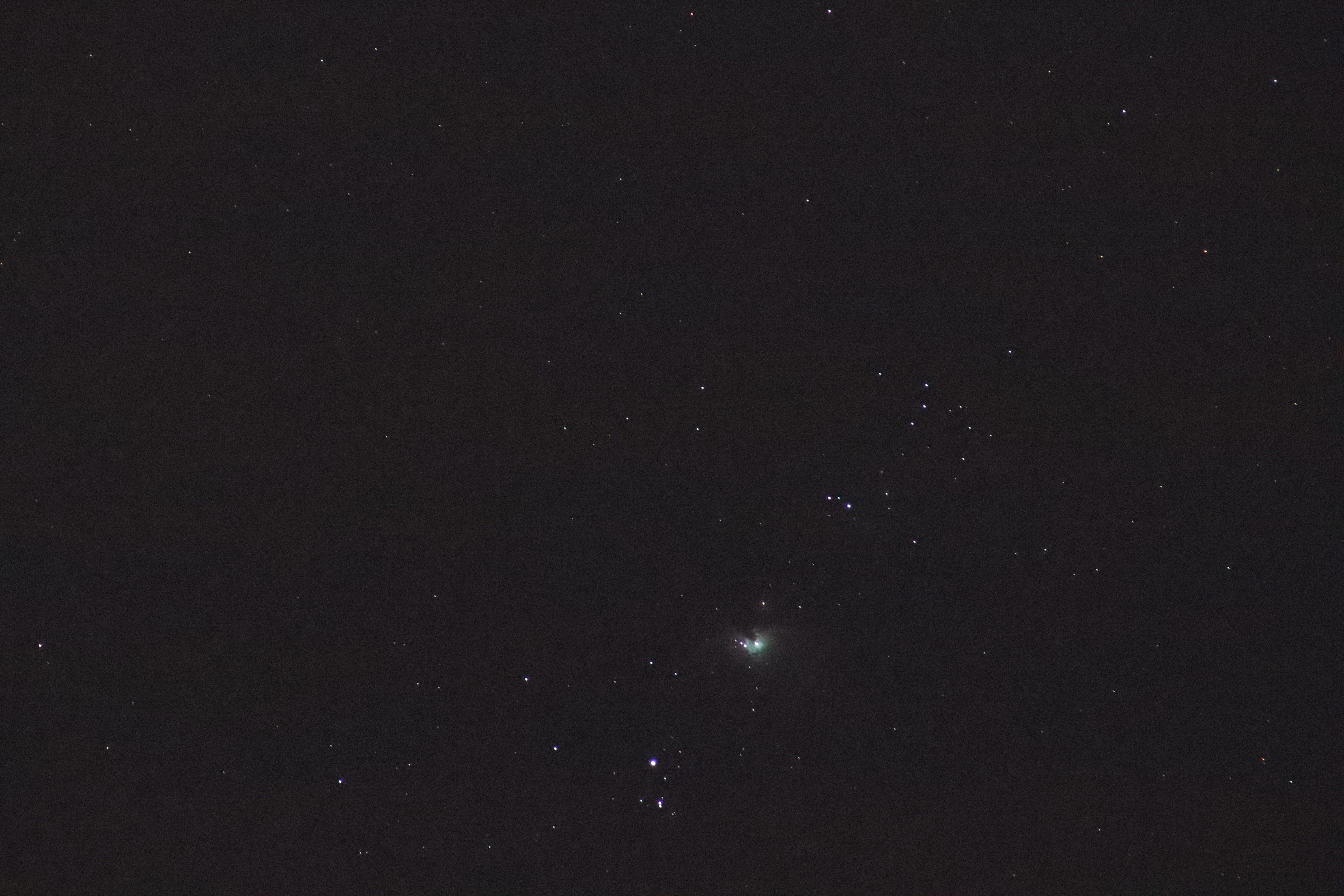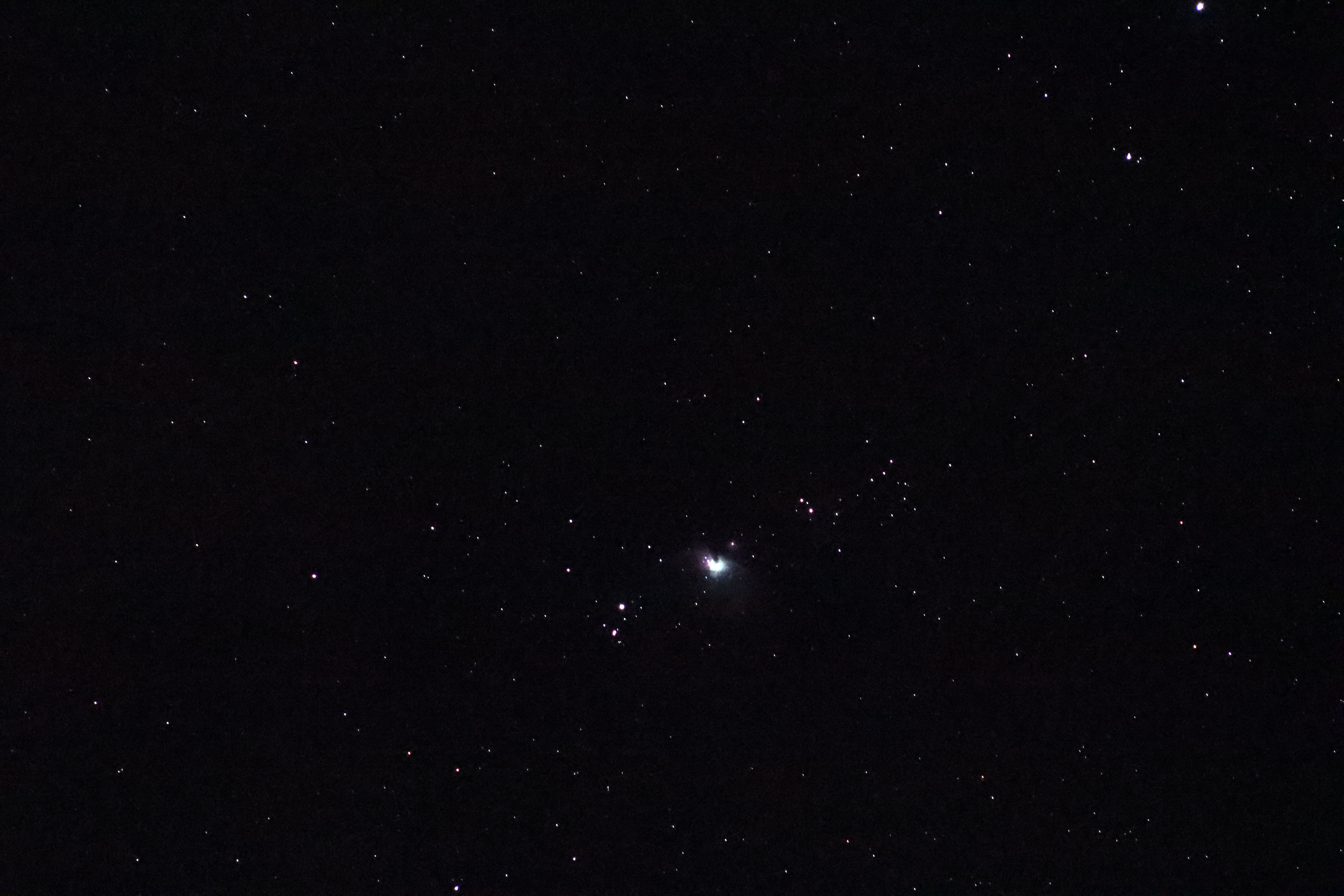The Orion Nebula, also known as M42 or NGC 1976, is one of the most famous and prominent nebulae in the night sky. It is located in the constellation of Orion and is visible to the naked eye in the northern hemisphere during the winter months.
The history of the Orion Nebula begins with its discovery in the 17th century. However, its true nature as a nebula was not understood until the 19th century when more advanced telescopes allowed for more detailed observation.
In 1610, the French astronomer Nicolas-Claude Fabri de Peiresc was the first to describe the nebulous region in Orion. However, it was the Scottish astronomer William Herschel in the 18th century who first described it as a “mist” rather than a star.
In the 19th century, the nebula was studied by several notable astronomers, including the famous French astronomer Charles Messier. Messier cataloged the nebula as object number 42 in his renowned catalog of diffuse celestial objects.
As observation technology improved, it was discovered that the Orion Nebula is a vast region of star formation, primarily composed of hydrogen, dust, and gas. At the heart of the nebula lies a young and massive star cluster called the Trapezium, which contains hot and bright stars.
The Orion Nebula has been the subject of numerous investigations and observations since then. Astronomers have used various techniques such as astronomical photography and spectroscopy to study the composition and evolution of the stars within the nebula.
Today, the Orion Nebula continues to be a fascinating object for astronomers and a stunning sight for sky observers. Additionally, it has been a significant target for space missions, such as the Hubble Space Telescope, which has captured detailed and breathtaking images of this nebula, revealing its beauty and complexity.
DEC:-523’27.55
Orion constelation, north hemisphere











Your point of view caught my eye and was very interesting. Thanks. I have a question for you.
Can you be more specific about the content of your article? After reading it, I still have some doubts. Hope you can help me.
Your point of view caught my eye and was very interesting. Thanks. I have a question for you.
Can you be more specific about the content of your article? After reading it, I still have some doubts. Hope you can help me.
I don’t think the title of your article matches the content lol. Just kidding, mainly because I had some doubts after reading the article.